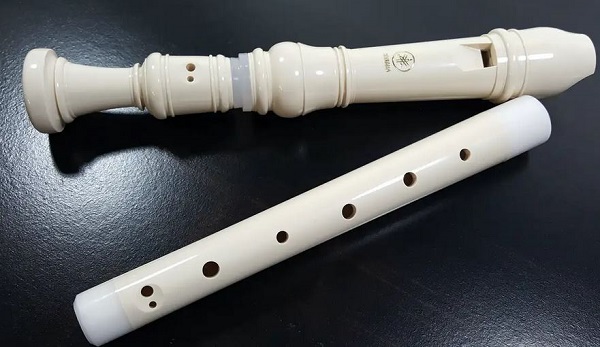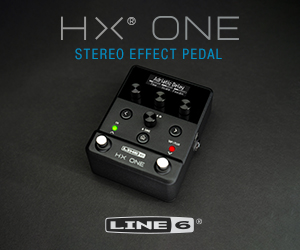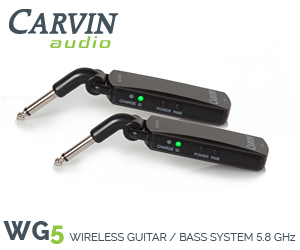The Recorder – It’s Never Too Late to Learn
Danor | Dec 28, 2020 | Comments 0

I took this opportunity to start exploring other hobbies, specifically anything that doesn’t put me in front of a screen twenty-four / seven. I did some painting. I dabbled into making comics. Then, one day, I was idly sitting at my desk, and there happened to be a beige, plastic recorder within arm’s reach.
The Epiphany
Now, these recorders are infamous for being, well, awful. They’re the kind that are bought in bulk for second graders to use, and the shrill sounds they make sound like music in the way that cats going at it in a back alley sounds like Spanish. Regardless, I picked up this little plastic thing and started playing with it: no music notes, no instructions, and only hazy memories of which fingers go where. I realized at that moment, hey, this is kind of fun!
After that, I spent a few weeks just messing around with it, getting the basics of the first couple of notes, and generally irritating the rest of my family with noises that sounded like dying vampire bats. Here’s how I decided to get serious about the recorder as a hobby.
First, I decided that if I’m going to learn an instrument, I should be invested in it. My family had bought loads of random instruments that ended up just getting left around and never played. I decided that if I were going to learn to play, I should buy my own, with my own hard-earned money.
The Choice
Of course, I wasn’t just going to impulse by an instrument. I did some research as to what kind of recorders were best. I found a couple YouTube channels on the subject and watched a few explanations and demonstrations of what different recorders were capable of.
The first thing to understand is that a good player is always going to be better than a bad player with a good instrument. An experienced musician can competently use a poorly made instrument, but a ten thousand dollar instrument will never make a bad musician sound good. Since recorders aren’t exactly as profitable as oil, the cost wasn’t something to be worried about too much either.
The main differences between recorders are whether or not they’re classified as “Alto” or “Soprano”, or whether or not they’re made from plastic or wood. I couldn’t really hear the difference across the videos I watched, but the players claimed that both the sounds and the feel of the wooden recorders were superior. I wanted to be invested, but I wasn’t quite so ready to invest in wood, so I ended up deciding that I would buy a plastic instrument.
The choice between “Alto” and “Soprano” was a no-brainer for me, though. The difference is that “Soprano”s play higher notes, and “Alto”s play lower notes (so far I understand it). Since I was so used to the shrill little piece of garbage, I leaned towards the deeper “Alto”s almost immediately.
I ended up ordering a forty-five dollar Yamaha Alto recorder, which I saw as not only an investment financially but also an investment into my own health and character.
The Journey
Now the biggest problem I had was learning how to actually play the darned thing. As a shut-in nerd, whenever I had encountered a problem in school or in day-to-day life that was too hard to solve on my own, I could always turn to YouTube for a crash-course, tutorial, or deep-dive exploration into the dominance hierarchies of dolphins- or whatever. I’ll be honest, YouTube has been a more reliable teacher for me more than any of my actual teachers.
When studying math, for instance, I could pull up a video for Khan Academy, listen to the explanation, then pause at any point during the demonstration to try and work it out on my own before playing the video to see how it was supposed to be done. YouTube is fantastic for that kind of thing.
Except here, and there’s a couple of reasons for it.
First, there’s not a lot of demand for “Recorder Tutorials”, so only a handful of channels have even made any. Better put, there are only a handful that are good enough to be worth watching. Second, the method I used for studying math didn’t click for me when I tried applying it to the recorder.
A lot of the tutorials have you play along to notes as they move across the screen. As a complete newcomer to the instrument, this meant a lot of pausing, carefully interpreting the hieroglyphs that are sheet-music, and trying to remember which fingers go where for specific notes.
The problem is that you break the flow of the song by doing that, so I would play two notes, pause, interpret the next two notes, and ultimately lose the rhythm.
I ended up finding free images of sheet music off of google to songs I knew in my head and practicing those until I had the flow more easily. For some reason, this method helped keep me in flow better than trying to play along to the actual music had.
This led me to my biggest grievance with music so far: Sheet music!
Now I’m a nerd, studying engineering, who programs for fun. Efficiency is my jam. So as a beginner learning music, however, sheet music is very unintuitive and infuriating. Maybe I’m like a reverse old man who can’t understand the old doohickeys, but sheet music seems about as pretentious and dated as something that was invented five hundred years ago would be.
The notes only go up to G and then loop around back to A because I guess the rest of the alphabet didn’t sign the NDAs to join up, or whatever. Also, notes are referred to by letters in every context EXCEPT on the sheet music you play. So I’m sitting here trying to figure out what a dot on the second line means, at a distance, while blowing into my recorder like a cop just pulled me over on a Friday, while mentally preparing to switch to the next note a second later. Ugh.
Regardless, I finally started making some real progress by downloading some free PDFs of recorder lesson plans off of google. You can just google something like “recorder sheet music lessons PDF,” and google will come up with free results. Thank you, random internet people, for posting these!
Once I got through that, I dug up my own old recorder songbook that had been lying around my house for over a decade, and lo and behold, it was exactly what I wanted. A Charlie Brown themed recorder songbook, with songs I recognized and the letters of the notes inside the actual notes! I now can confidently say that I can play a song or two. I practiced the crap out of that Charlie Brown book until I felt that I had gotten pretty good at the songs inside. At which I began to search for more songs to play.
I ended up finding a couple of possible sources online, including MuseScore, an application that sells sheet music and lists loads for free. I also found 8-Notes.com, a website where you can find loads of royalty-free classical music, plus the site will play the songs and has features for metronomes and background orchestras that will play along with you. In fact, I used the site to learn how to play the Happy Birthday song in time for my own birthday!
Last but not least, I ended up ordering a brand new junior Star Wars Recorder book. It basically has all the features I loved about the Charlie Brown one, but for a slightly older age-range- and the musical genius that is John Williams. I can’t recommend these junior songbooks enough for beginners.
Conclusion
It is never to try something new. Whether you’re ten, twenty, fifty, or four-hundred-and-four, you can always take the time to step out of your comfort zone and see what the world has to offer. While I’m by no means a professional or even close to a level I would consider “Intermediate”, I’ve learned a lot, and I have had a lot of fun learning it.
Plus, unlike all my other hobbies, being able to say that I can (sort of) play a musical instrument is kind of sexy. It’s certainly a lot more sexy than saying that I can competently code in JavaScript, C#, and GDScript. Exploring the music world has opened me up in more ways than I ever expected it to, and I feel wiser for it.
Tiny URL for this post:
Filed Under: Commentary / Editorials
About the Author:




















